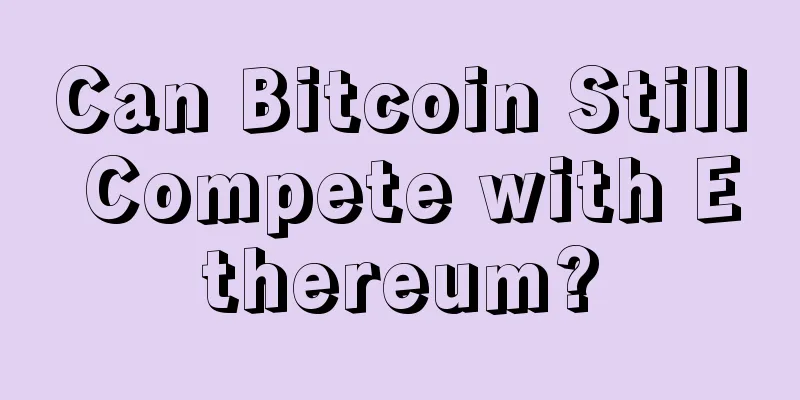Can Bitcoin Still Compete with Ethereum?

|
Bitcoin’s dilemma. While many crypto assets surged early last week following Ethereum’s spot ETF approval and regulatory clarity as a non-security, the development has left the Bitcoin ecosystem without momentum. What’s going on? While BTC managed to eke out gains amid the then-rumored odds of Ethereum ETF approval, last week was the worst period for BTC dominance since January, when the approval of a spot Bitcoin ETF led to massive redemptions from the Grayscale Bitcoin Trust (GBTC). The approval of an Ethereum ETF highlights that any crypto asset — regardless of its origin — can potentially be a non-security. BTC is not the only commodity. Regulation of legality not only drags down BTC, but also seriously affects the performance of numerous related ecosystem tokens. While Bitcoin remains the oldest blockchain in existence, its non-security status is no longer a meaningful differentiator when considering cryptocurrency investment alternatives and forces the ecosystem to compete more on its technological superiority. Unfortunately, Bitcoin’s history of resisting technological change in pursuit of ultra-hard currency has resulted in a degraded user experience and forced developers to adopt workarounds to deploy applications, causing the network to score low in this category… Assets created using Bitcoin-native standards like Ordinals, BRC-20, and Runes have previously received significant interest from investors seeking to enhance BTC’s upside, but are painful to interact with and offer no value beyond speculation. Developers are attempting to inject enhanced utility into the Bitcoin network through Layer 2, however, existing solutions are merely sidechains and do not inherit any of the security of the base layer consensus. Recognizing that BTC is not the only asset with regulatory clarity and access to TradFi, market participants appear to be gradually exiting BTC-related tokens. While these tokens have seen huge rallies at times, the loss of a unique regulatory narrative should cause these investments to trade in line with their fundamentals, with valuations comparable to other on-chain applications. |
<<: Why is ENSv2 the new mainstream name service for Ethereum?
>>: Will Trump win by playing the "crypto" card?
Recommend
Block Luban-Accessories Mall
Hello everyone, this is Metaverse Luban, I am Ada...
Coin Zone Trends: Bitcoin Price Trends Based on Big Data This Week (2017-07-26)
The price of the currency rebounded weakly and hi...
The Cost of Proof of Work in Bitcoin Mining: Big, Wasteful, But Fair
Is the cost of Proof of Work (POW) justified in B...
Grayscale succeeded in its holiday air raid, but is there another reason behind the waterfall?
The first day that Brother Hui is away, I miss hi...
What is the fate of a person with a broken nose? Is the fate of a person with a broken nose good?
Men with broken noses have bad careers The locati...
Is it good for a woman to have tiger teeth?
Nowadays, some girls have canine teeth. Girls wit...
What does a woman's crooked mouth mean?
The five facial features complement each other. O...
What does it mean that people who look around are unstable?
In order to judge whether a person has good chara...
Why Wall Street remains wary of DeFi
Key Takeaways: DeFi’s “gray area” poses a challen...
What is El Salvador’s new game? Bitcoin-based “volcano bonds” hope that whales will pay the bills
Wu Shuo Author | Tan Shu Editor of this issue | C...
Venezuela's inflation is so crazy that local Bitcoin trading volume has reached a new high
Since the beginning of this year, the value of Ve...
What does a mole on a woman’s right temple mean?
Moles are not only the deposits of melanin but al...
Revealing the secret of a woman's fortune
If a woman is destined to be rich, then she will ...
What kind of woman can bring good luck to her husband?
If you meet a woman with a round and fleshy nose,...
The palm and face readings that are most likely to make you a mistress
The palm and face readings that are most likely t...









